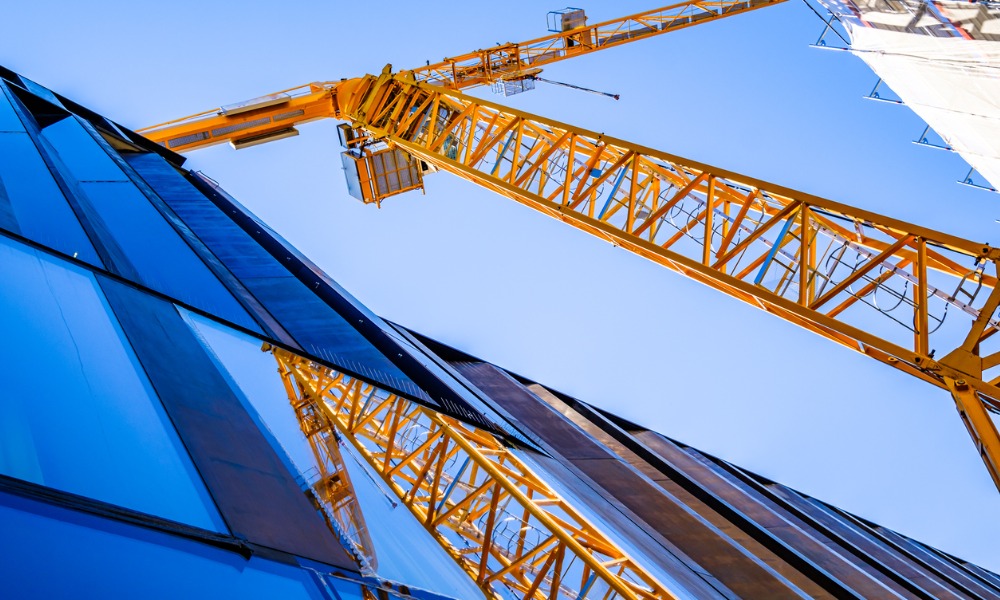Beleaguered sector saw significant increase in insolvencies over the last three months

Construction companies in Australia are grappling with a significant increase in insolvencies over the past three months.
Escalating costs for materials and insurance have added to the challenges faced by the troubled $360 billion industry, according to a report by The Australian. Recent statistics from the Australian Securities and Investments Commission reveal a sharp rise in external administration appointments within the construction sector.
In the new financial year leading up to Sept. 10, ASIC recorded 660 external administration appointments in the construction sector, marking a 38% increase compared to the same 10-week period last year. This figure also represents a staggering 255% surge from the 186 appointments made in 2021, The Australian reported. Construction administrations accounted for approximately 33% of all insolvency appointments recorded across various industries from July 1 to Sept. 10, overshadowing the next largest category of accommodation and food services, which saw 276 company collapses.
New South Wales appears to be most severely affected, with 389 construction collapses, accounting for 59% of the total number. While the data does not encompass the entire September quarter, it serves as a worrying indicator that the weakness in the construction sector could surpass last year's national insolvency figures, The Australian reported. In the previous financial year, a total of 7,942 insolvencies were reported, including 2,213 construction firm failures.
Queensland experienced a 30% increase in insolvencies, reaching 325, while in Victoria, the only state to buck the trend, company collapses declined by 1.8% to 494. Paul Bidwell, chief executive of Master Builders Queensland, acknowledged that although the predicted wave of insolvencies did not materialise, building firms continue to face the repercussions of the pandemic.
“There is still a hangover from the previous few years when builders were hit by the rising cost of materials and labour on fixed-price contracts,” Bidwell told The Australian. “These issues caught out a lot of builders and they just did not have the resources to keep going.”
Read next: Victoria construction sector in crisis amid hundreds of company failures
While the industry's conditions have improved to some extent, cost pressures persist. According to Bidwell, the cost to build a home in Brisbane soared by 42% between 2019 and 2022, but has only increased by 10% since then.
Jarvis Archer, head of business restructuring and insolvency at Revive Financial, shared the story of a builder who honoured fixed-priced contracts despite the rise in costs. However, the builder incurred significant losses in the past year and the current financial year, leading the company to accumulate nearly $1.5 million in debt, including a $500,000 debt to the Australian Taxation Office and $150,000 of high-interest loans and credit card debt.
“Unless he has a much better year, or puts in more personal funds, the company’s future is troubled,” Archer told The Australian.
Archer pointed out that businesses like this may appear to be trading adequately, but their cumulative financials contribute to the $33 billion of small business debt that the ATO aims to collect. ASIC's data shows that construction insolvencies in the previous year were 69% higher than the previous year and 20% higher than the previous record of 1,802 in 2013-14.
Construction company failures have become commonplace as the sector weathers a perfect storm of higher costs and labour and supply chain issues. In August, Brisbane-based builder DCB Developments collapsed owing subcontractors up to $400,000. Earlier this year, building giant Porter Davis Homes Group collapsed owing creditors millions.
Have something to say about this story? Let us know in the comments below.



